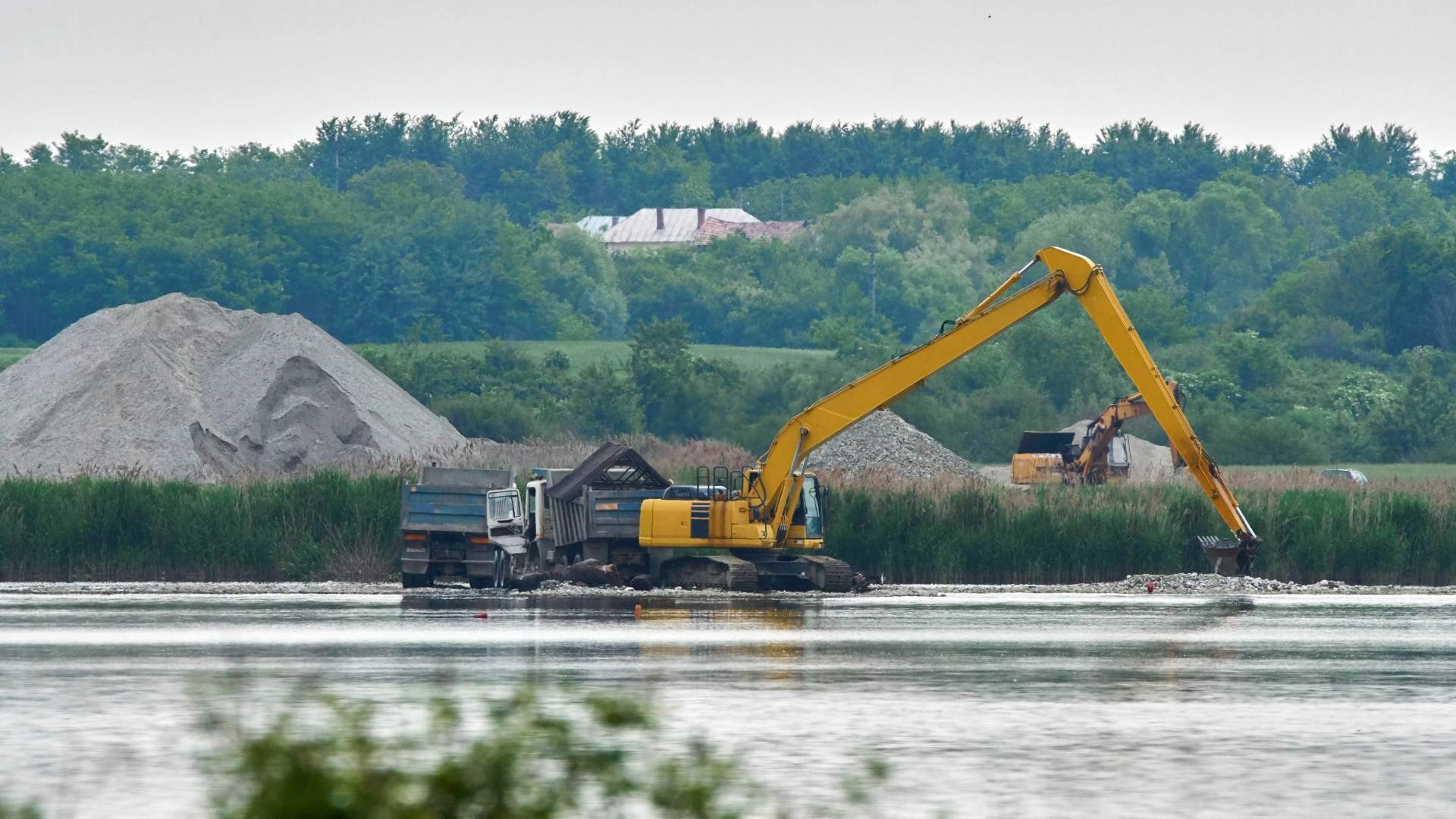Introduction
A major lake dredging initiative is currently underway at Hudson Lake in LaPorte County, Indiana, as part of a broader effort to enhance boating access and ensure safe navigation across the lake. The project, funded by the Indiana Department of Natural Resources (DNR), the Lake and River Enhancement (LARE) Program, and the Hudson Lake Conservation Association, began in early summer and is expected to continue through the fall.
The primary goal of the project is to enhance the navigability of Hudson Lake’s key water routes by removing excess sediment buildup. While this important work is ongoing, boaters and lake users can expect temporary restrictions near dredging sites, as equipment and piping may obstruct usual routes.
Why Dredging Is Necessary at Hudson Lake
Like many lakes over time, Hudson Lake has experienced the natural accumulation of sediment—soil, sand, silt, and organic matter—particularly in its navigation channels. These materials can restrict boat traffic, reduce water depth, and pose hazards to boaters, especially in shallow or high-traffic areas.
The current lake dredging effort focuses on two critical parts of the waterway:
- The access channel where boats enter the lake
- The navigation channel that connects the lake’s east and west basins
Without intervention, these channels would continue to shallow, disrupting recreational boating and reducing access to certain parts of the lake, especially during low-water conditions. The dredging work aims to restore and maintain sufficient depth for safe and efficient boating.
How the Dredging Project Works
The dredging at Hudson Lake is being conducted using hydraulic dredging methods. This process involves the use of a specialized dredge that vacuums sediment from the lakebed and pumps it through pipes to a designated upland containment area on the northwest end of the lake.
Here’s a breakdown of the process:
- Surveying and Preparation: Technicians conduct pre-dredging surveys to determine the areas most affected by sediment buildup.
- Dredging Operations: Using hydraulic equipment, sediment is removed from the lake bottom.
- Sediment Transport: The slurry mixture (water and sediment) is pumped to an upland disposal site that is designed to allow the water to drain while containing the solids.
- Site Restoration: Following dredging, the area is monitored and restored as needed to ensure environmental compliance and minimize disturbance.
This environmentally-conscious approach minimizes disturbance to aquatic habitats while ensuring long-term benefits for boaters and lake users.
Temporary Disruptions for Long-Term Gain
While the project brings considerable future benefits, temporary inconvenience is inevitable. Dredging operations require large pipes, machinery, and support vessels to be present on the lake. This can result in restricted or blocked areas, particularly near dredging zones.
Boaters are advised to:
- Avoid restricted areas marked with buoys or signage
- Navigate cautiously around dredging equipment
- Plan for potential delays or detours on the water
- Observe speed limits and wake restrictions near the project site
Local authorities and lake management teams are working to keep the community informed and ensure safety throughout the project.
Funding and Support Behind the Project
TA collaboration between state agencies and local stakeholders supports this navigation channel dredging project. The Indiana DNR’s Lake and River Enhancement (LARE) Program, which funds waterway improvement projects across the state, is a key financial contributor.
The Hudson Lake Conservation Association, a local group dedicated to preserving the health and accessibility of the lake, also plays a vital role. Together, these organizations are not only financing the project but also ensuring that it meets environmental standards and serves the community’s long-term needs.
Environmental and Recreational Benefits
Beyond improving boating access, lake dredging offers several environmental and recreational advantages:
- Restores water flow: Removing sediment improves water circulation, thereby enhancing overall lake health.
- Reduces invasive plant growth: Shallower, stagnant waters are breeding grounds for aquatic weeds. Dredging can help reduce these conditions.
- Improves fish habitat: Clearer, deeper channels benefit various fish species by increasing oxygen levels and habitat diversity.
- Supports tourism and recreation: Improved access attracts more boaters, anglers, and visitors, supporting the local economy.
With boating, kayaking, and fishing being key activities at Hudson Lake, these upgrades ensure that residents and visitors alike can continue to enjoy the lake safely.
A Model for Future Lake Management
Hudson Lake’s dredging initiative is a prime example of proactive waterway management. Rather than waiting until conditions become critical, the community has come together to invest in a long-term solution that balances ecological protection with recreational needs.
It also demonstrates the importance of cooperation between public agencies and local organizations. By leveraging resources from the Indiana DNR and support from local stakeholders, Hudson Lake is poised to benefit for years to come.
Looking Ahead
The lake dredging project is expected to be completed by the end of fall, assuming weather and lake conditions remain favorable. Once complete, boaters should see improved access across the lake’s basins, safer navigation channels, and overall better water quality.
While the current dredging effort focuses on specific areas, continued monitoring and maintenance will be essential to preserving these gains. Community involvement and ongoing support will remain crucial in ensuring Hudson Lake stays healthy, navigable, and welcoming to all.
